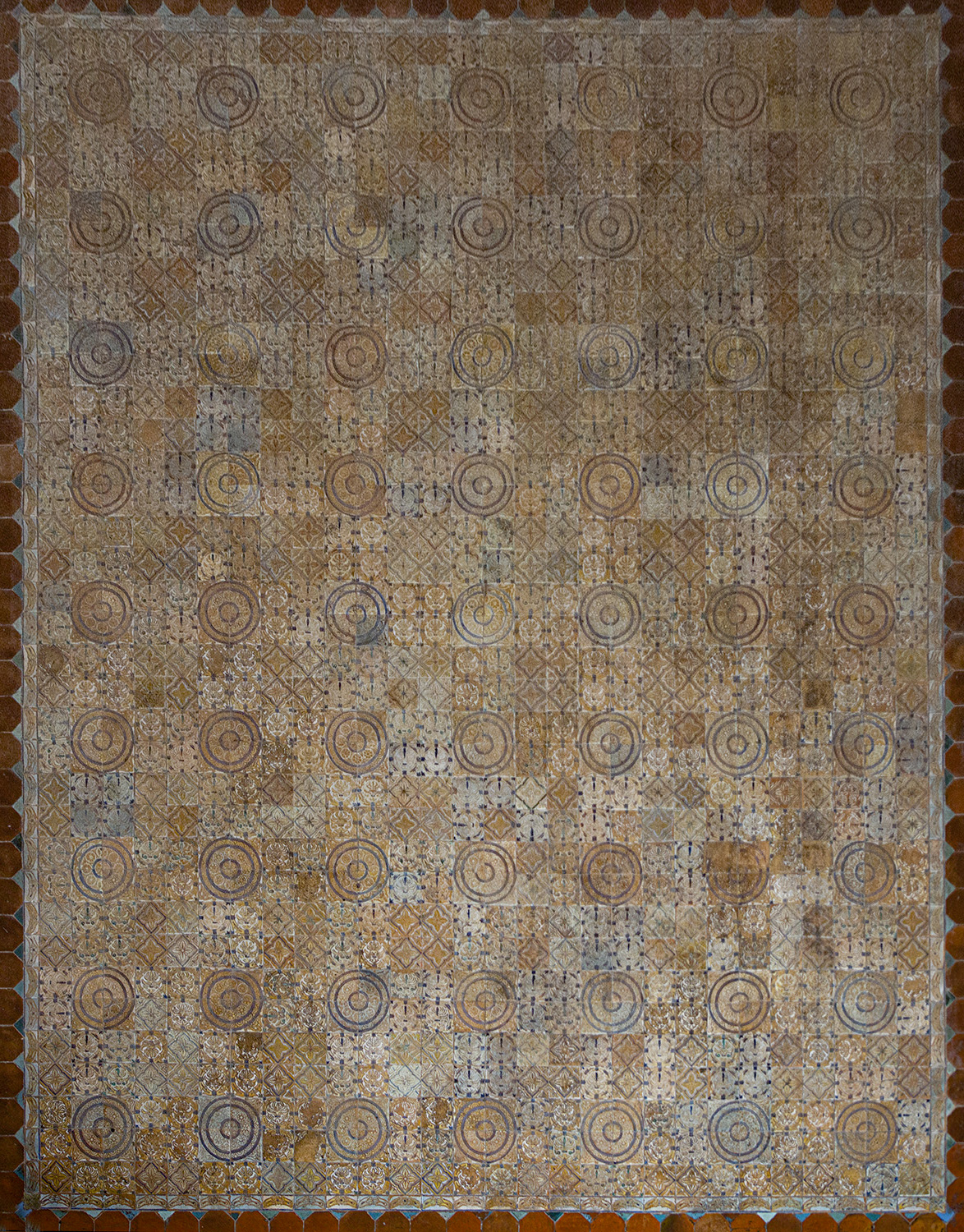The oldest rooms in the building still tell the story of its original patron, Cardinal Pietro Barbo, who later became Pope Paul II, in 1464
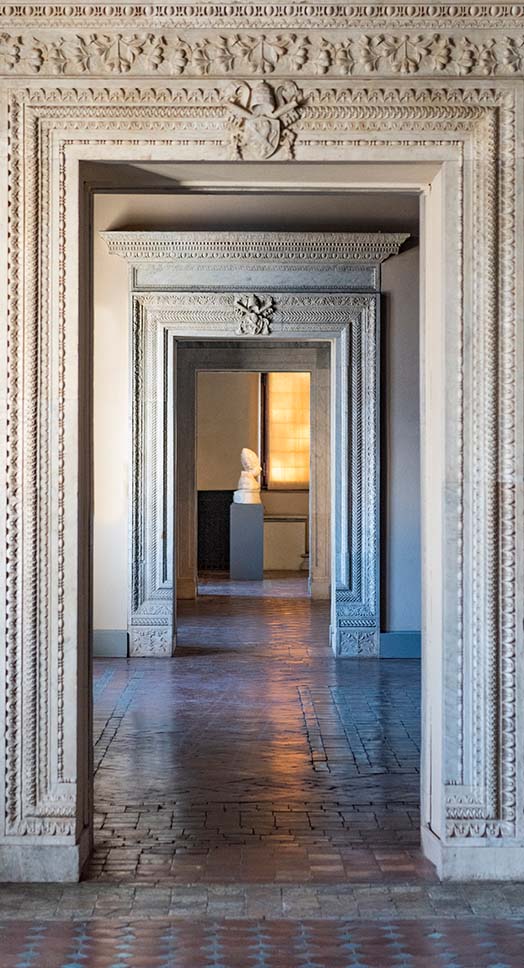
The name of this area, Barbo Apartment, refers to the suite of seven private rooms that once belonged to the Venetian cardinal, Pietro Barbo (1417-1471). Built after 1455 at a cost of 15,000 scudi, they were further enriched following his election as pontiff, when he took the name Pope Paul II (1464-1471). Here, among other things, his famous collection of glyptics, numismatics and precious metalwork was kept.
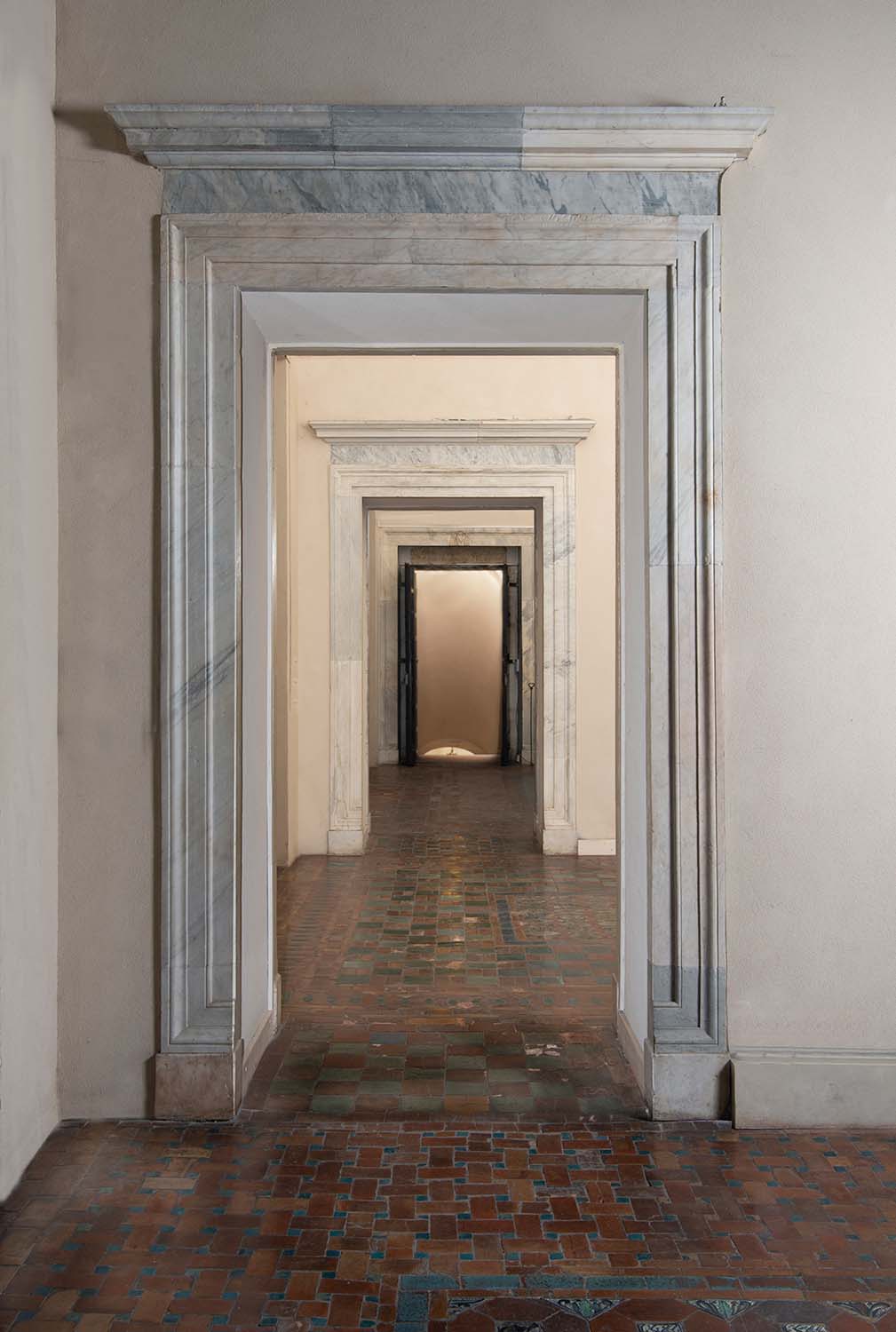
The use of the Barbo Apartment changed following the donation of the building to the Republic of Venice in 1564. The suite of seven rooms became the residence of the ambassadors of the Republic of Venice. In 1921, when the palace was already annexed to the Kingdom of Italy, the art historian Federico Hermanin (1868-1953) set up the first rooms of the Museum of the Middle Ages and Renaissance here. Shortly thereafter, Benito Mussolini made it the representative seat of the fascist government. The meetings of the Grand Council of Fascism were also held here, including the last one on 25 July 1943.
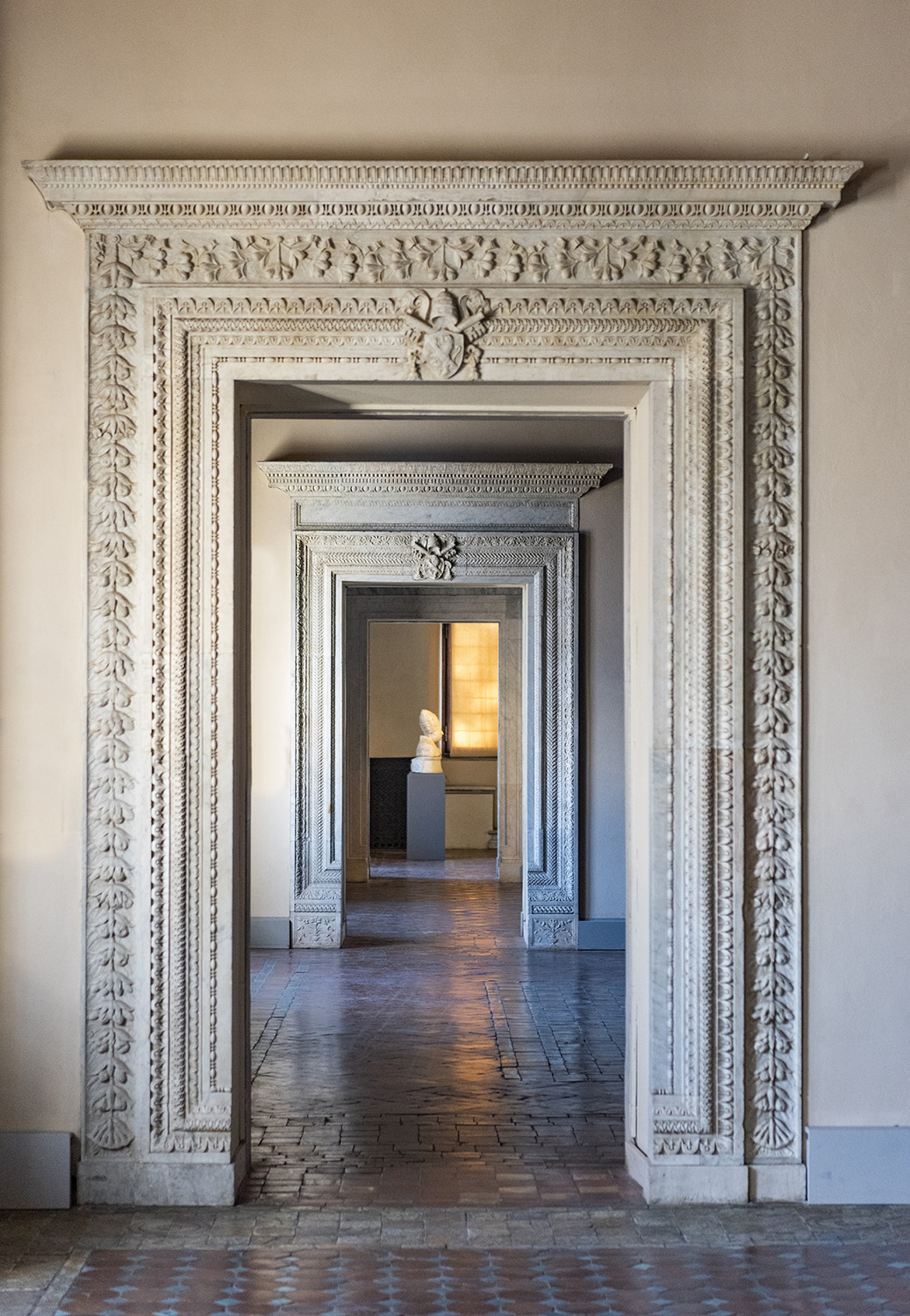
After the war, the suite of seven rooms returned to their use as a museum. After housing the permanent collection, from 1982, they were used for temporary exhibitions. They turned once again part of the exhibition spaces for the museum’s permanent collections in 2016. The apartment is currently undergoing renovations as part of the construction of the Metro C station.
Originally, these two rooms served as a hallway or antechambers to the bedroom and study of Pope Paul II. The coat of arms in the vault of the second room also refers to the presence of the pontiff. The walls, now bare, were probably originally covered with tapestries. The floors are the work of the Roman ceramist, Vittorio Saltelli (1887-1958): Saltelli, here clearly inspired by Renaissance examples, created them during the 1920s restorations, using terracotta tiles and polychrome majolica.

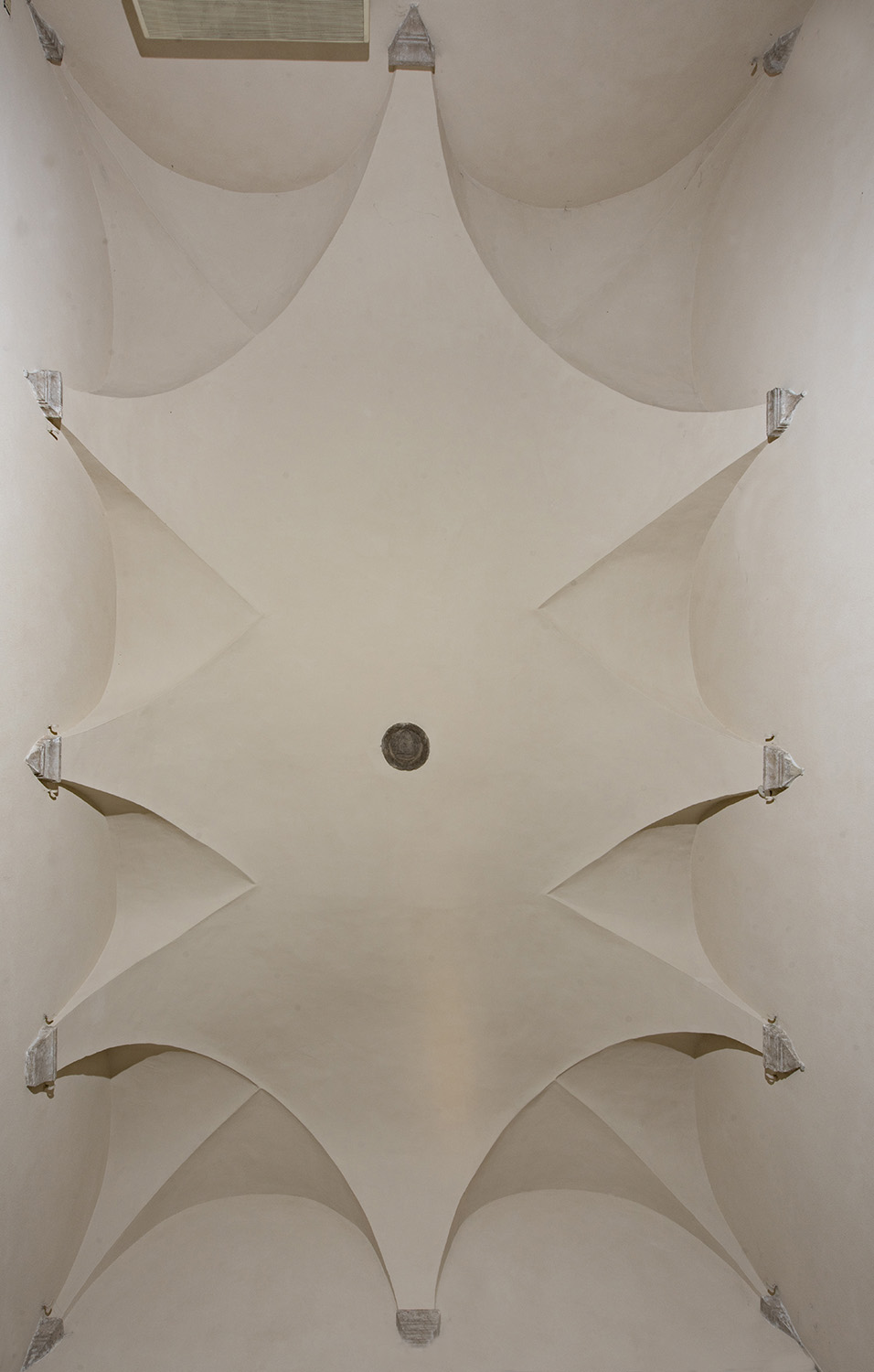
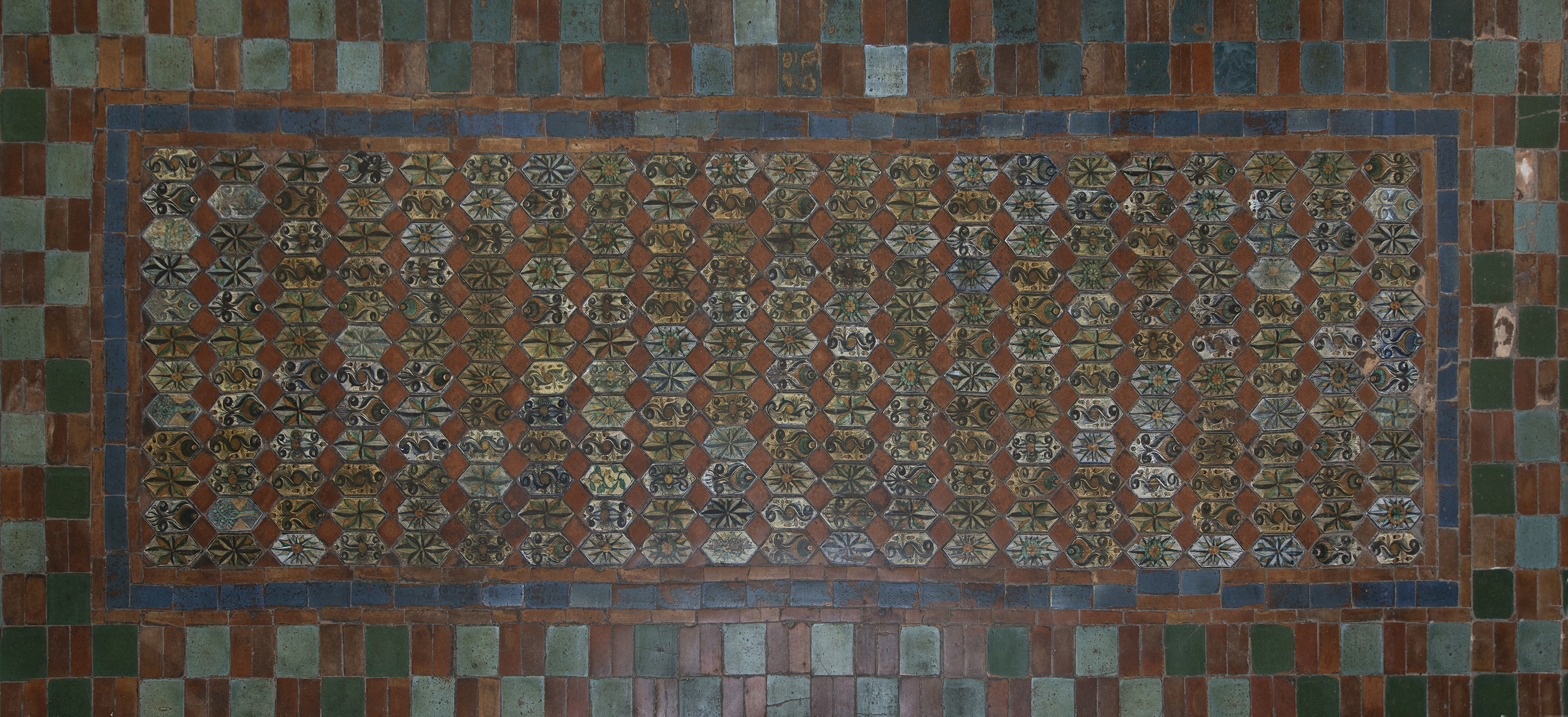
At the time of Pope Paul II, this room was an important hub. The door on the right leads to the upper level of the Loggia della Benedizioni, the three doors across from this, which are now walled up, led to the viridarium or secret garden, later transformed into the Palazzetto. Through the smaller door on the left, Pope Paul II had access to the spiral staircase of the ancient medieval tower, which was later incorporated into the present structure, called the Torre della Biscia. The largest door took him to the so-called Camera della Torre.
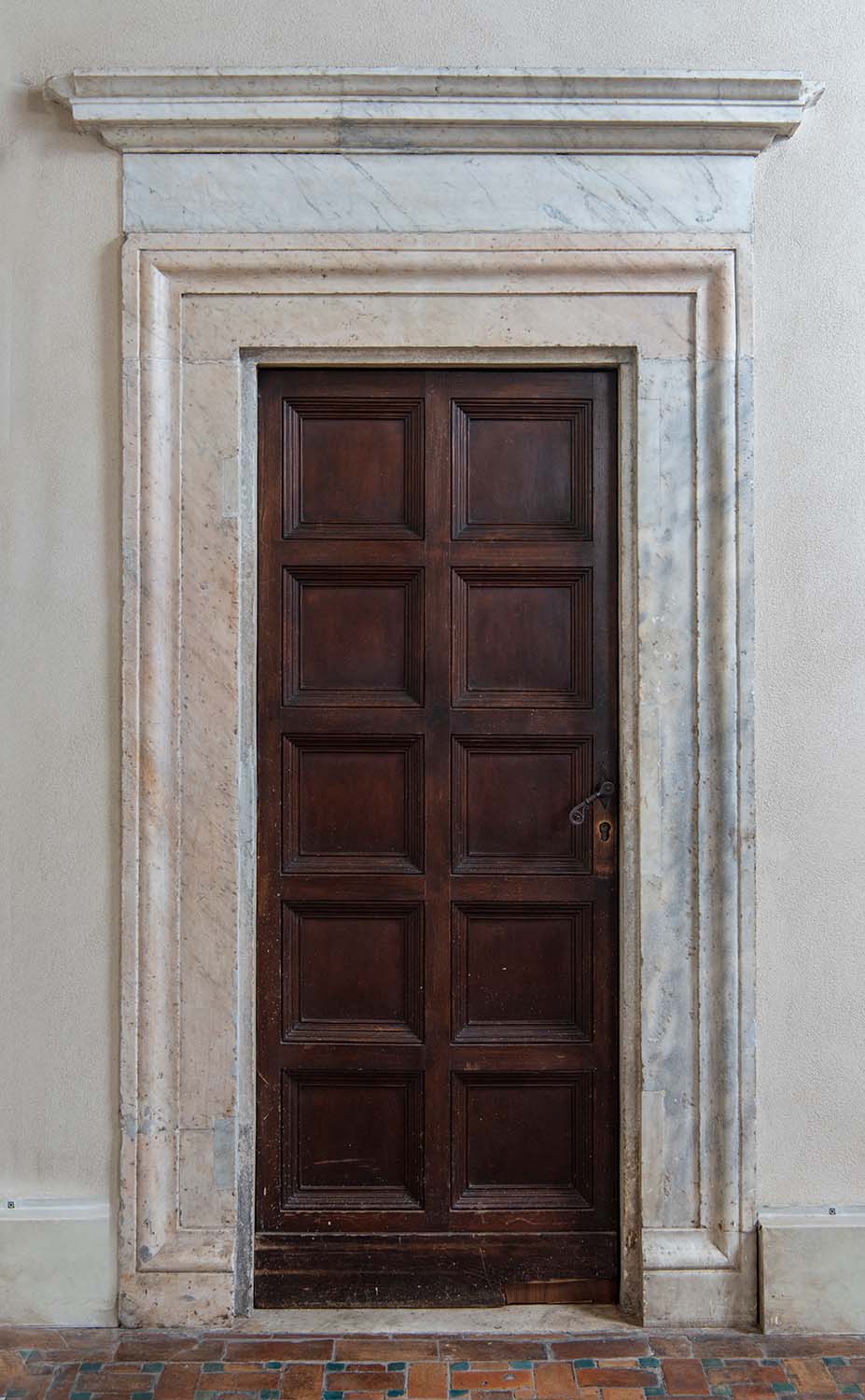
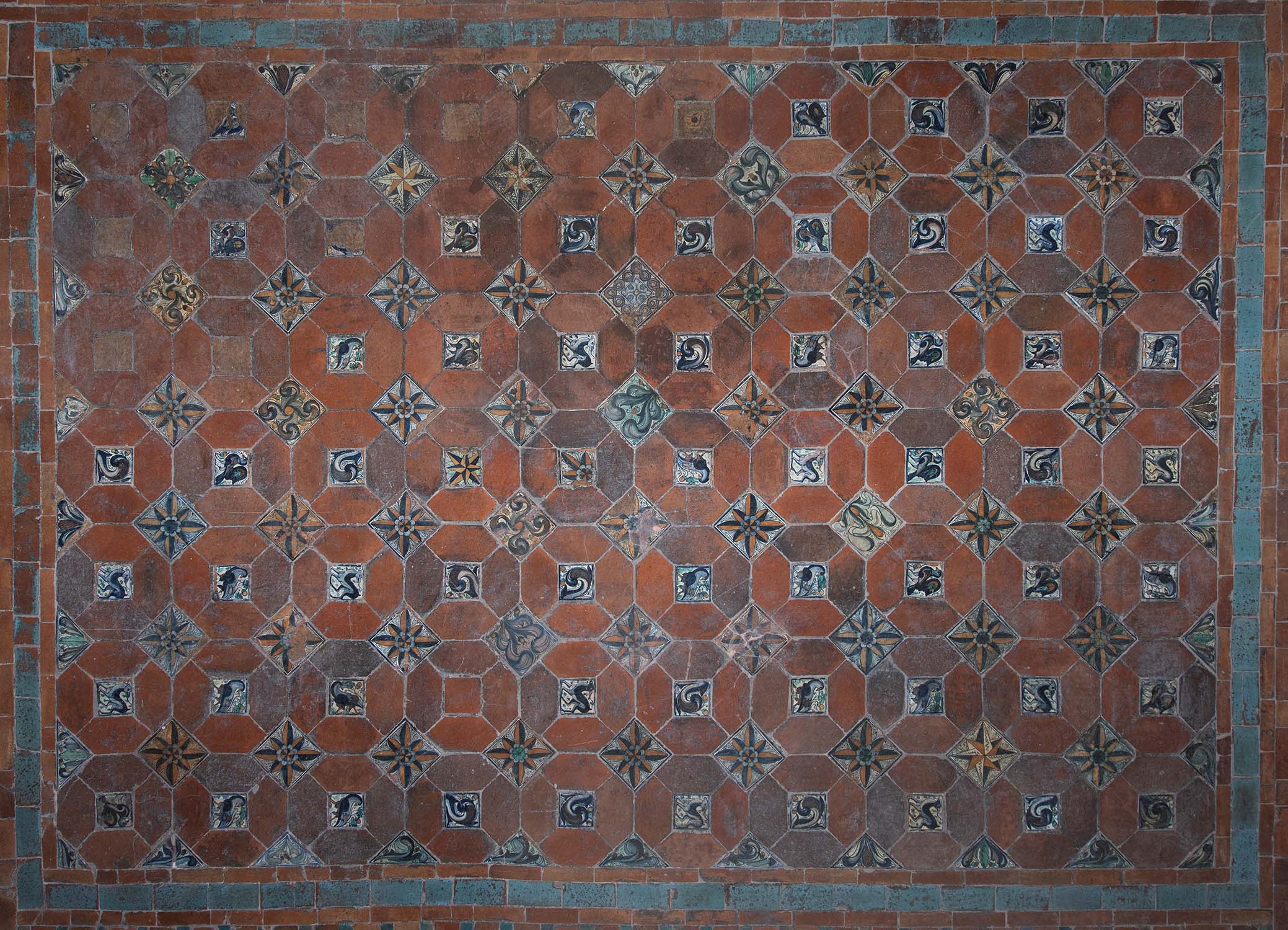
The room still boasts its original fifteenth-century wooden ceiling decorated with the coat of arms of Pope Paul II. The casing around the doors leading to the viridarium and the coat of arms above are from a later period: the coat of arms, in particular, records the patronage of Cardinal Giovanni Dolfin (1545-1622), incumbent of San Marco from 1605 to 1621. In the centre of the room, you can appreciate a model showing the building and surrounding area prior to the works carried out in the early twentieth century, which, among other things, resulted in the relocation of the Palazzetto to via degli Astalli.
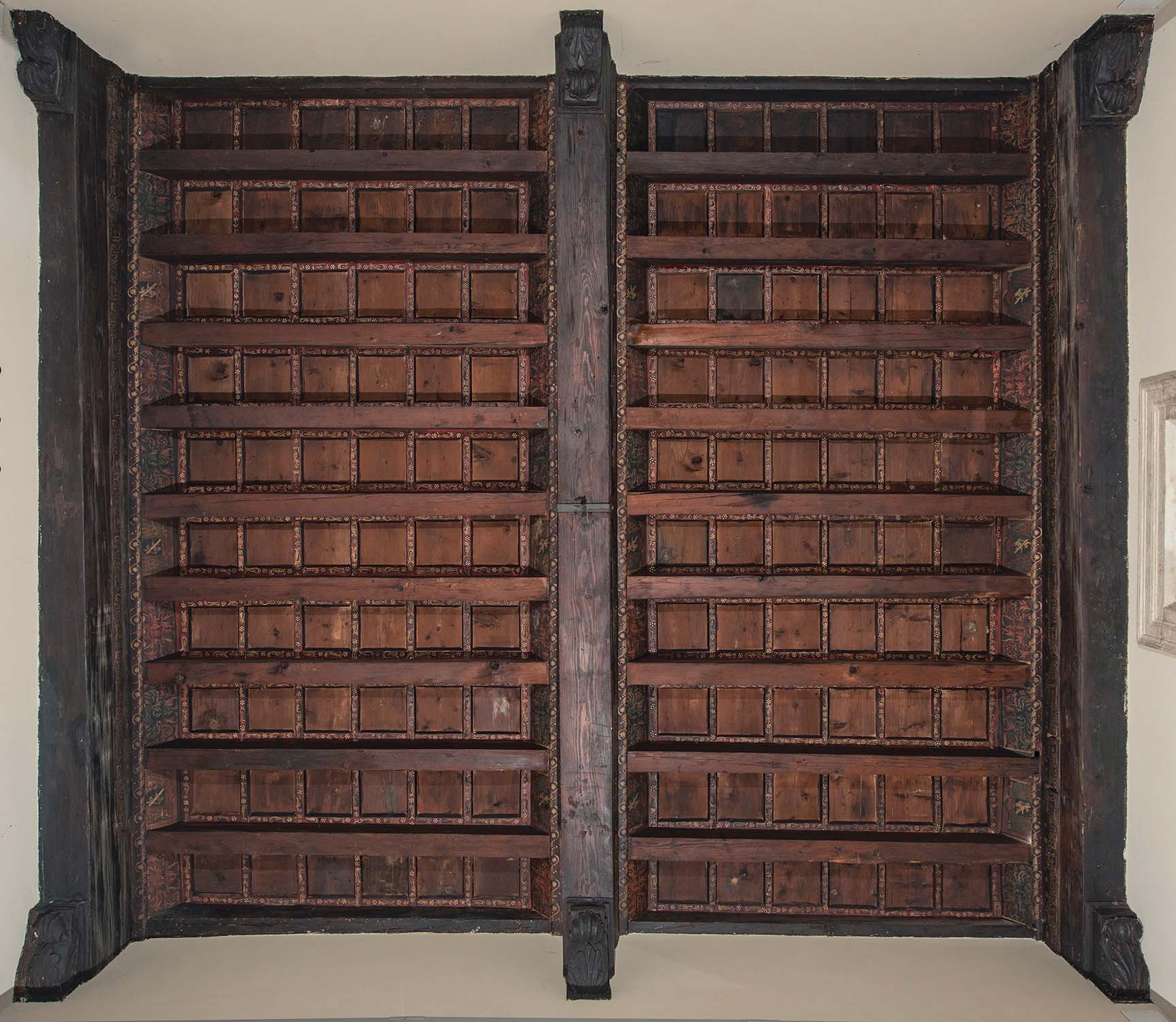
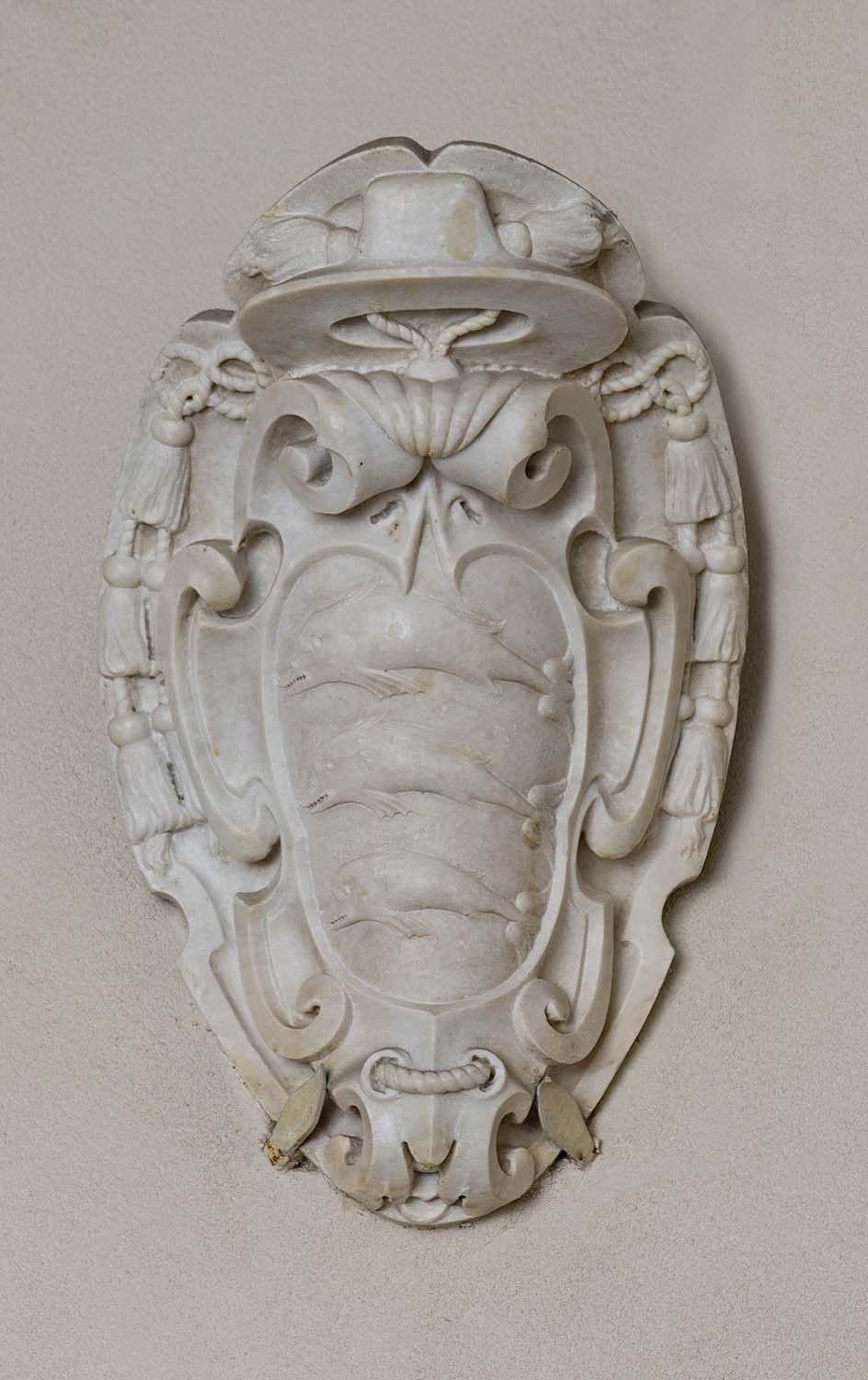
The fourth room, called the Camera della Torre, precisely because it was located inside the corner tower, most likely served as the private study of Pope Paul II. It still features the beautiful, original fifteenth-century ceiling with the pontiff’s coat of arms.
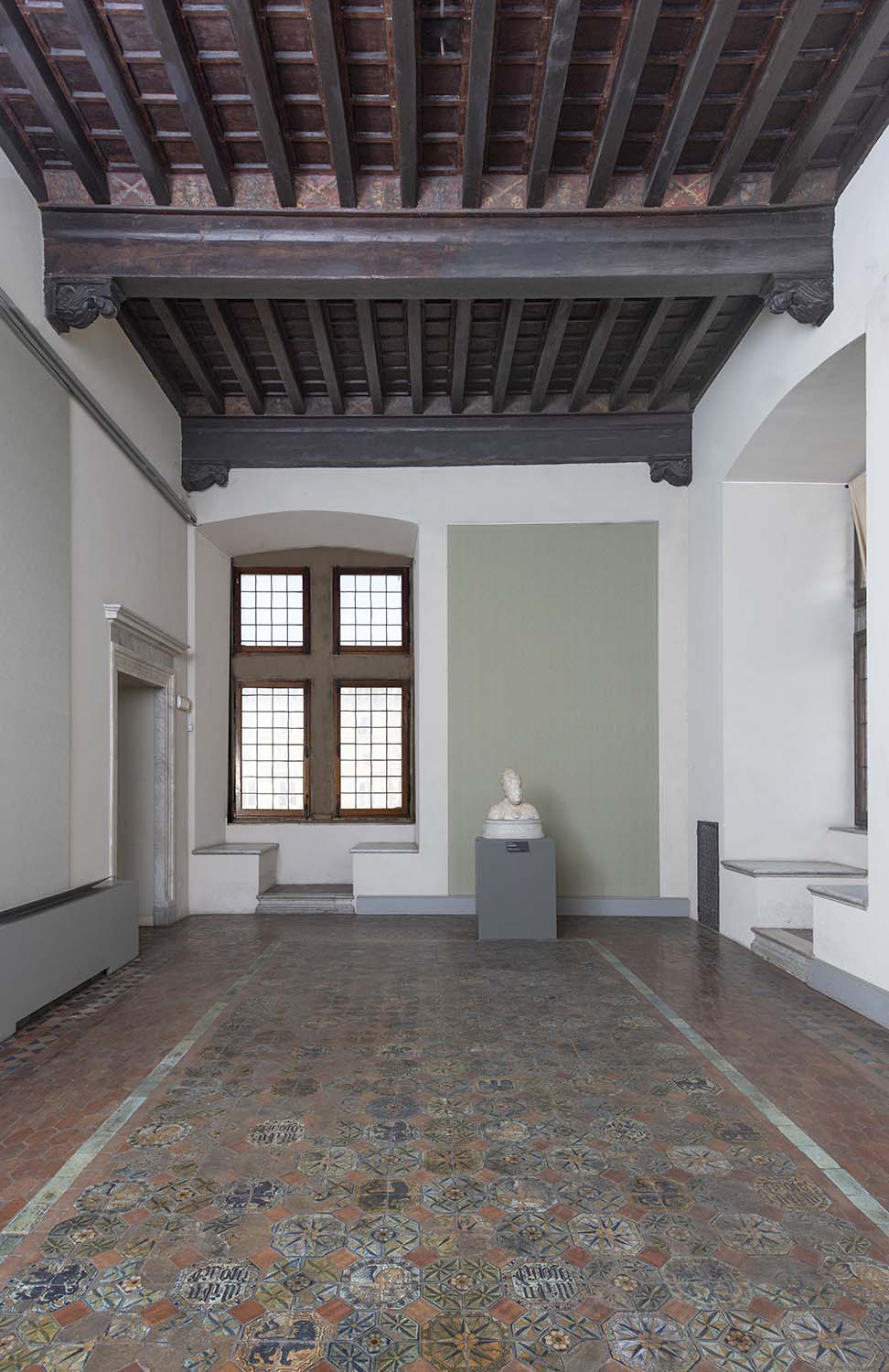
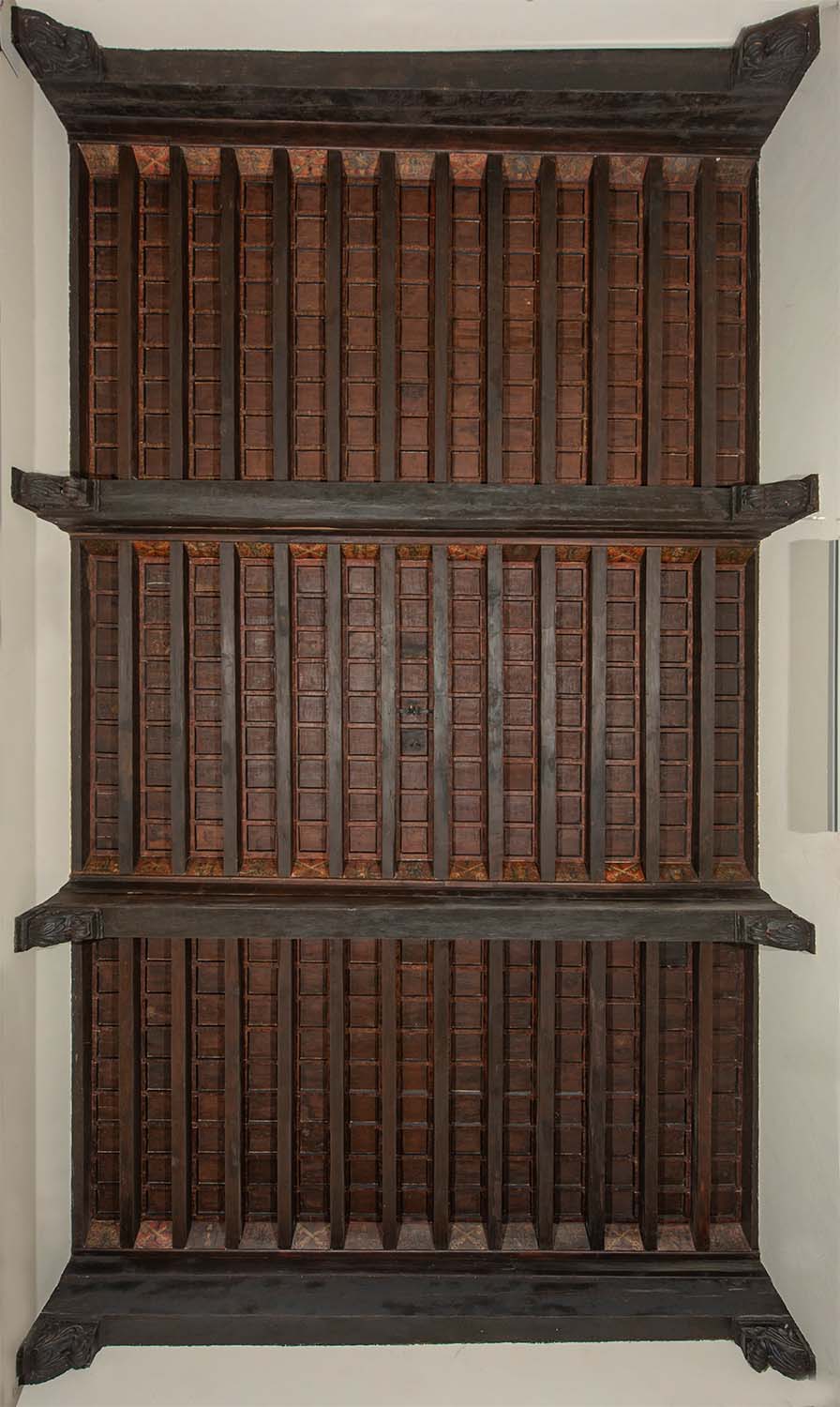
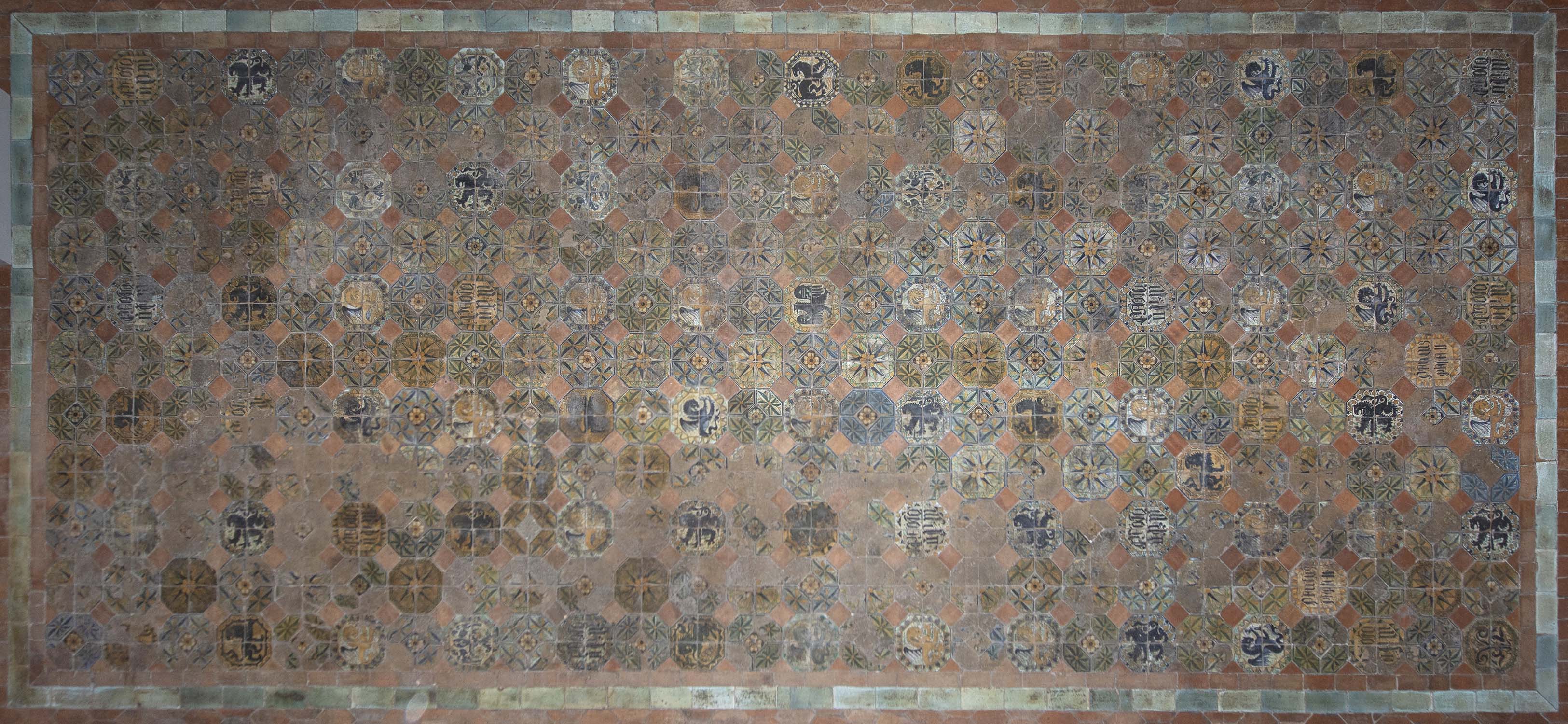
The marble door casings are later: the one on the left, which leads to the fifth room of the apartment, bears the name of Ambassador Niccolò Duodo (1657-1742) and the date, 1716.
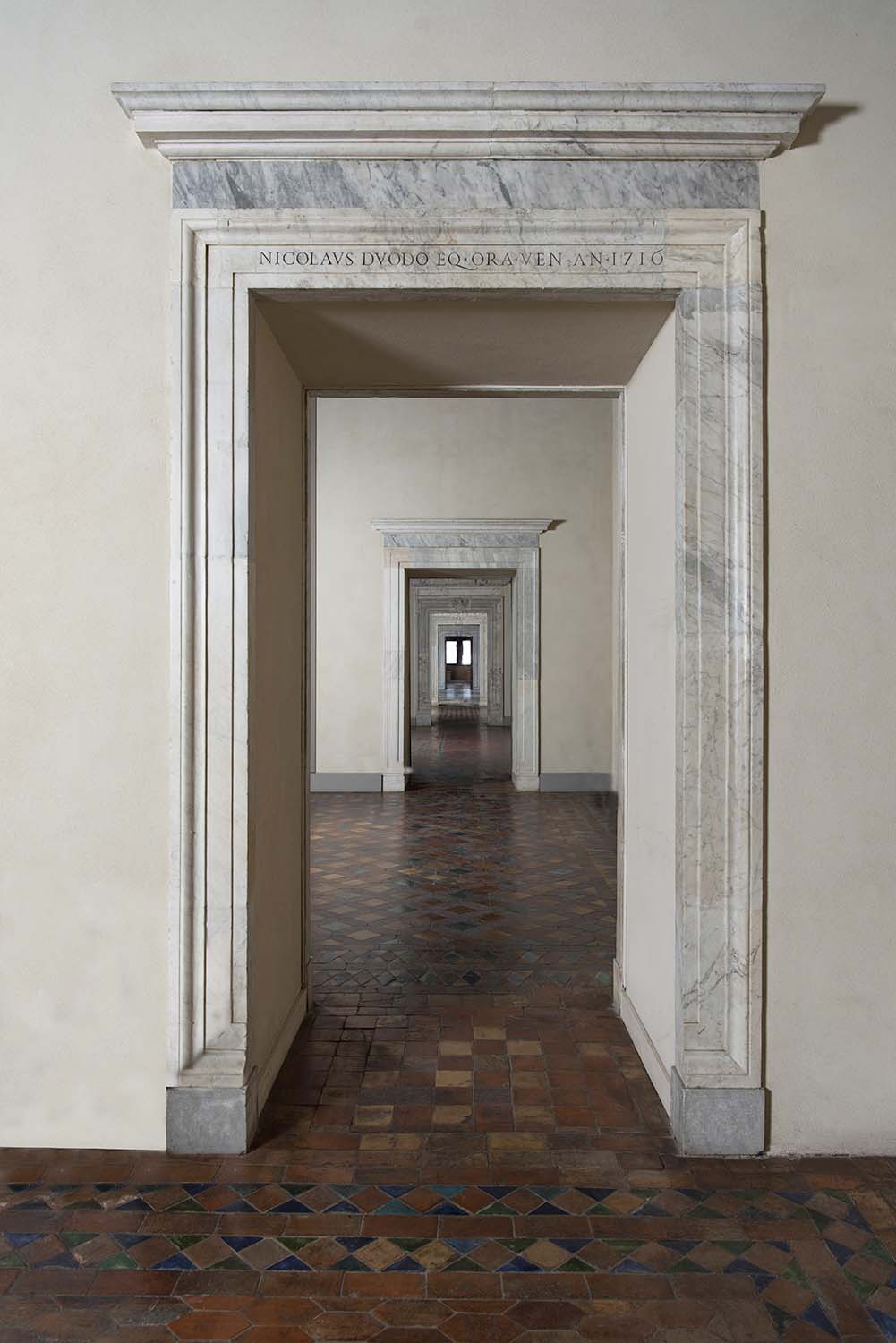
The room originally served as the bedroom of Paul II (1464-1471). To the original phase belongs the wooden ceiling bearing the insignia of Pope Barbo.
The majolica floor, however, bears the coat of arms of Marco Barbo, cardinal and patriarch of Aquileia.
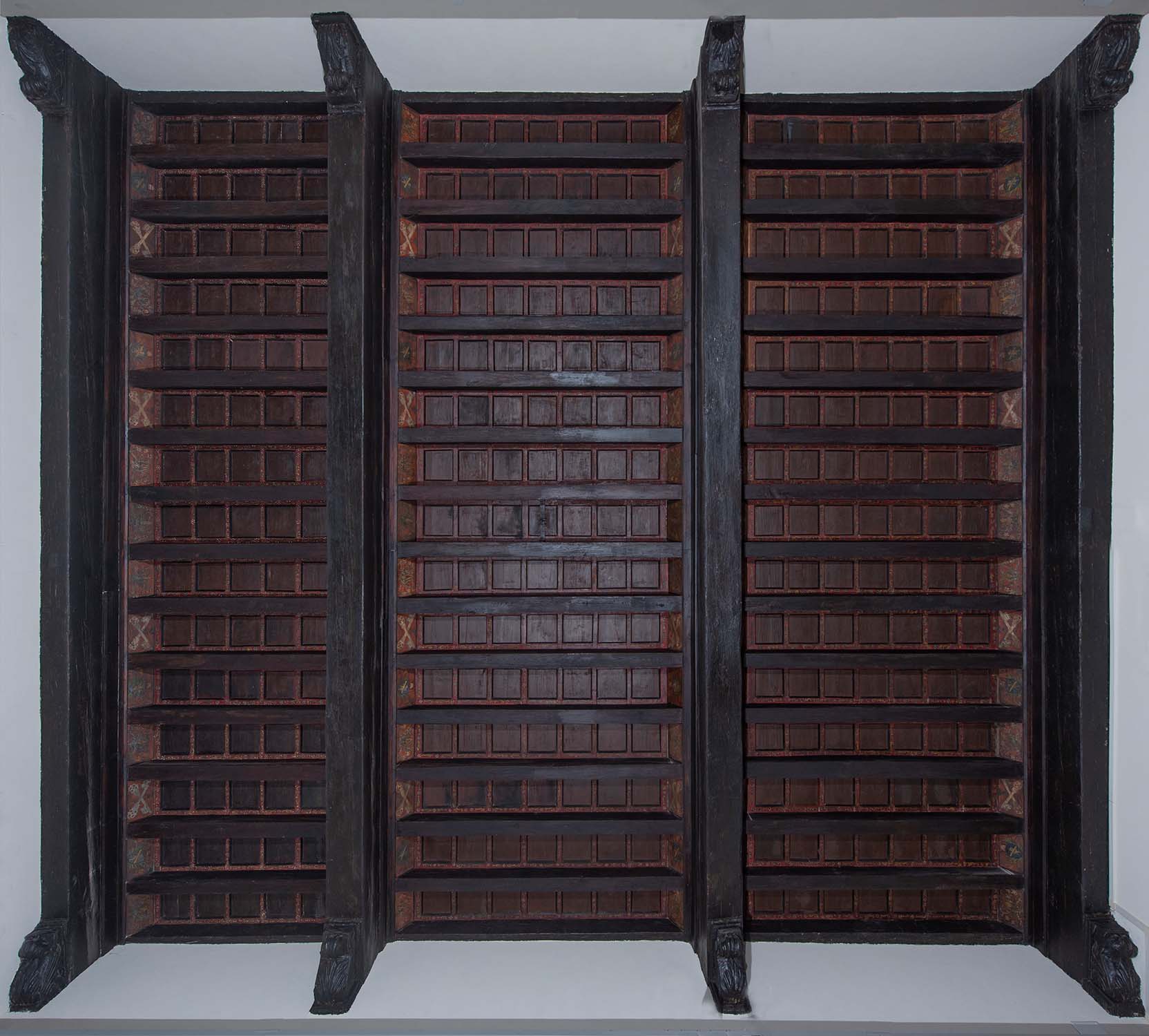
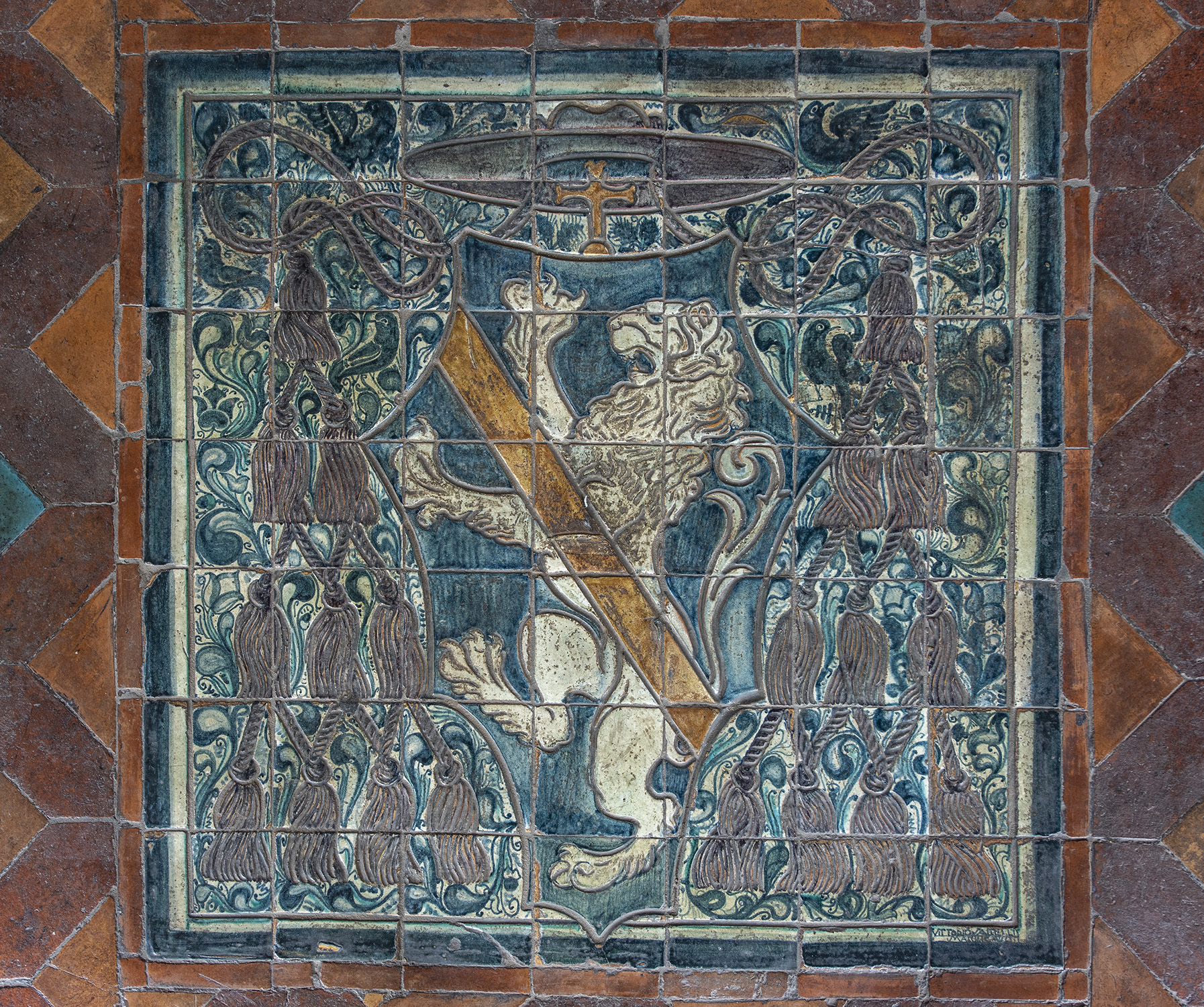
The name refers to Pope Paul II’s (1464-1471) parrot, an exotic animal that was extremely rare and expensive at the time. The pope also used this and the next room to receive his most trusted guests.
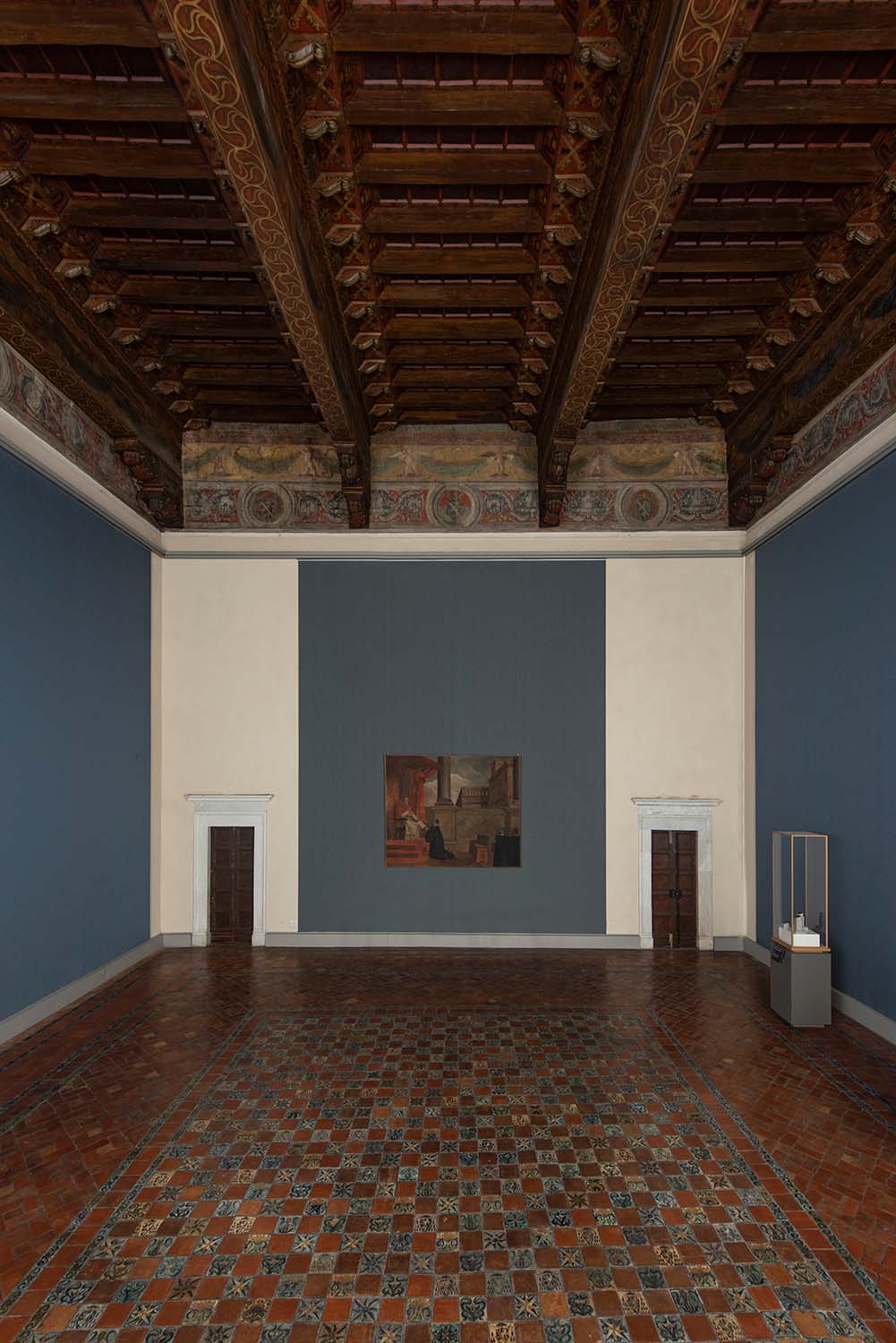
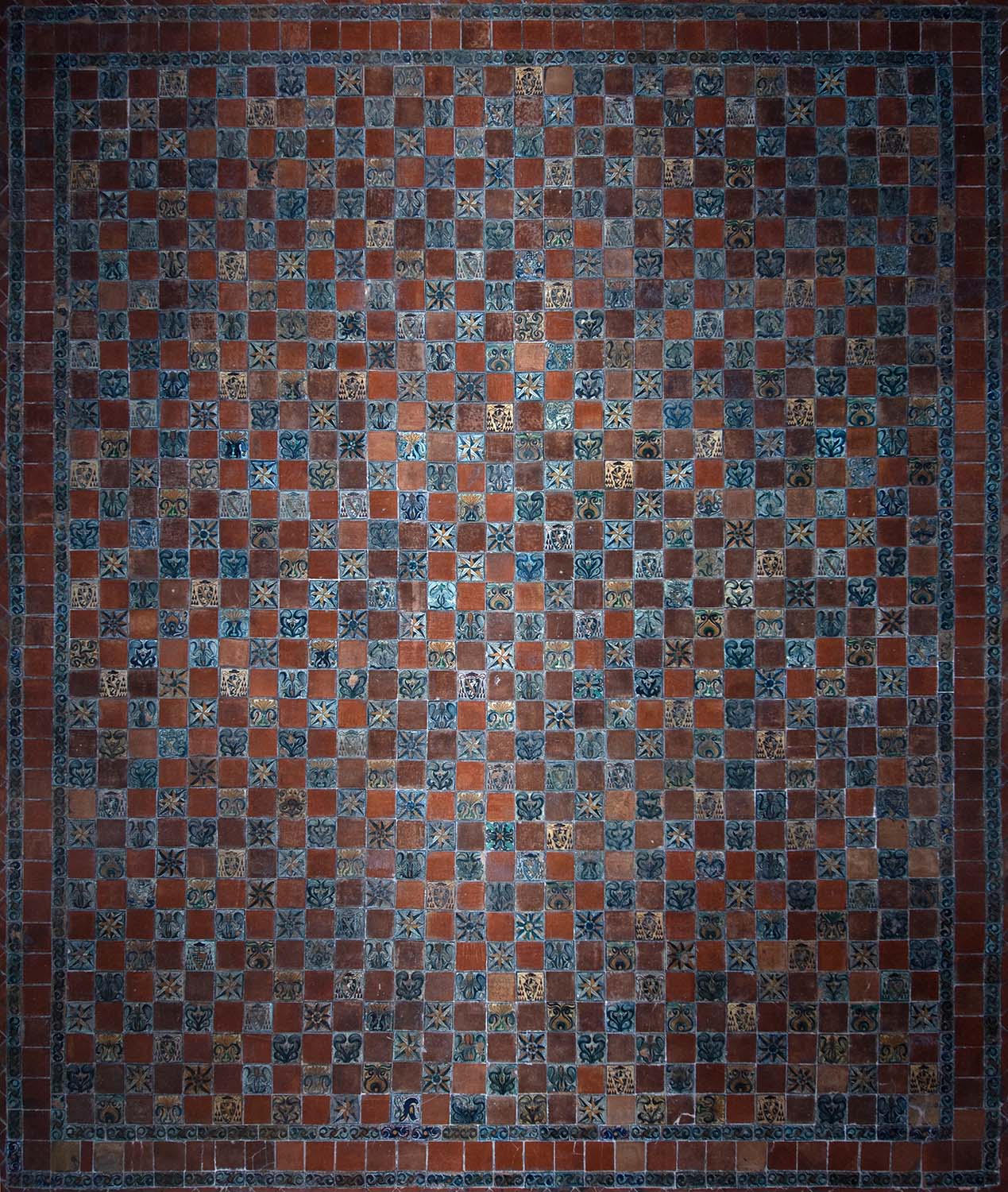
The wooden ceiling features ornamental motifs, putti and the pontiff’s coat of arms, with the rampant lion surmounted by the papal tiara and crossed keys. The painted frieze below is divided into two registers: the upper register shows putti holding festoons; the lower register features a leaf scroll pattern alternating with tondi containing the coat of arms of the pope’s family member, Cardinal Marco Barbo (1420-1491). The ceiling and frieze were definitely created after 1467, since we know for certain that the ceiling was raised so it matched with the height of the new reception rooms in 1467. The upper register of the frieze may have been carried out during the pontificate of Paul II; the lower one, after 1471, for his nephew, Marco.
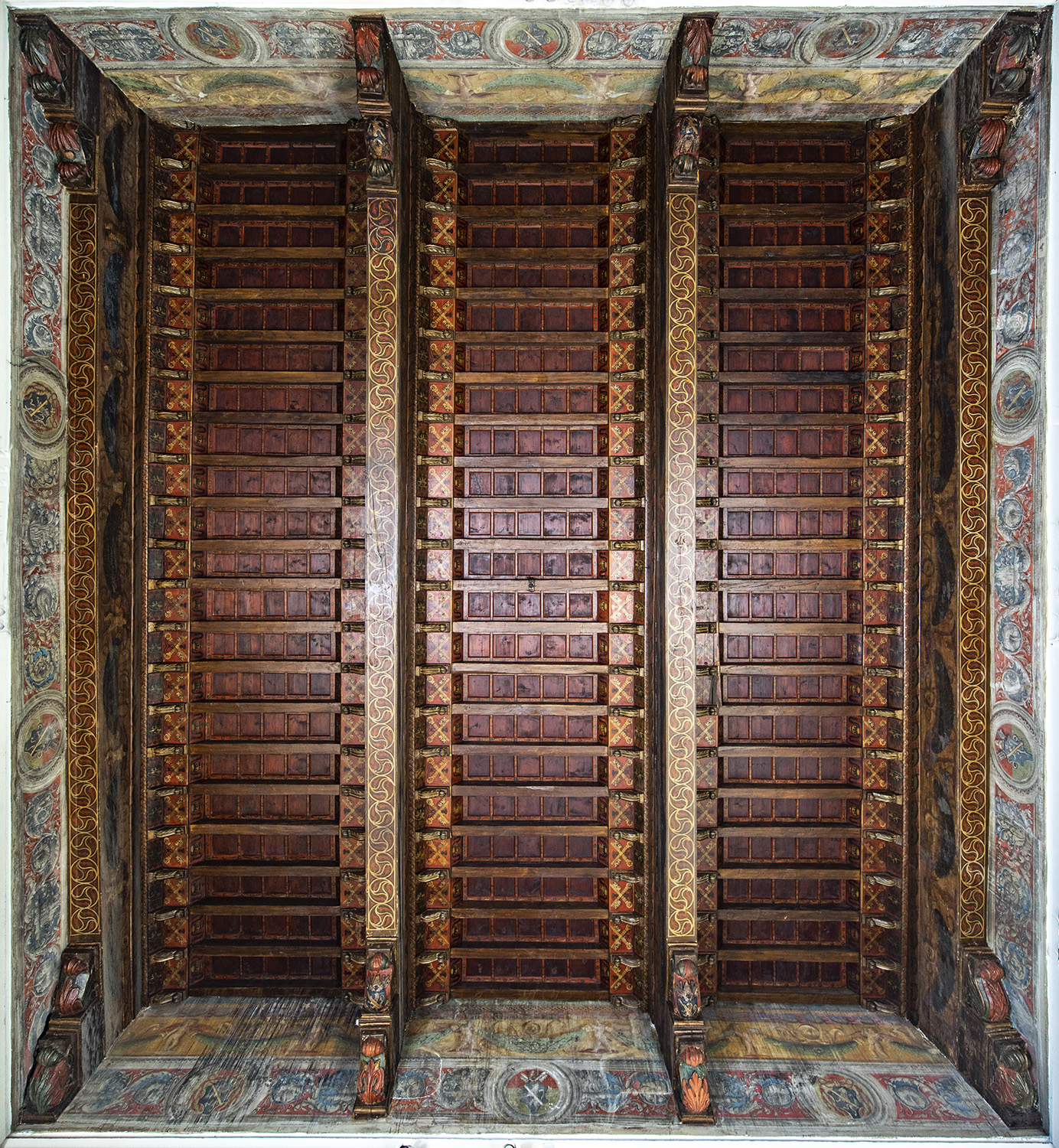
During the Fascist period, Mussolini had the hall arranged so it could be used to hold the meetings of the Grand Council. On the night between 24 and 25 July 1943, the meeting that led to the approval of the Grandi motion took place here, which eventually led to the fall of the Italian fascist regime.
The seventh and last room of the Barbo Apartment takes its name from the sacred vestments of Pope Paul II (1464-1471). The casing of the doors with the pontiff’s coat of arms, the decoration on the wooden ceiling and the fresco frieze are from the fifteenth century. The decoration on the ceiling and the frieze certainly date from after 1467, when the ceiling was raised to match the level of the ceilings in the new reception rooms.
The upper register of the frieze with little putti holding festoons may have been carried out during the pontificate of Paul II, that is, before 1471; the lower register, on the other hand, is certainly subsequent to the death of the pope, since the pilasters bear the coat of arms of Marco Barbo.
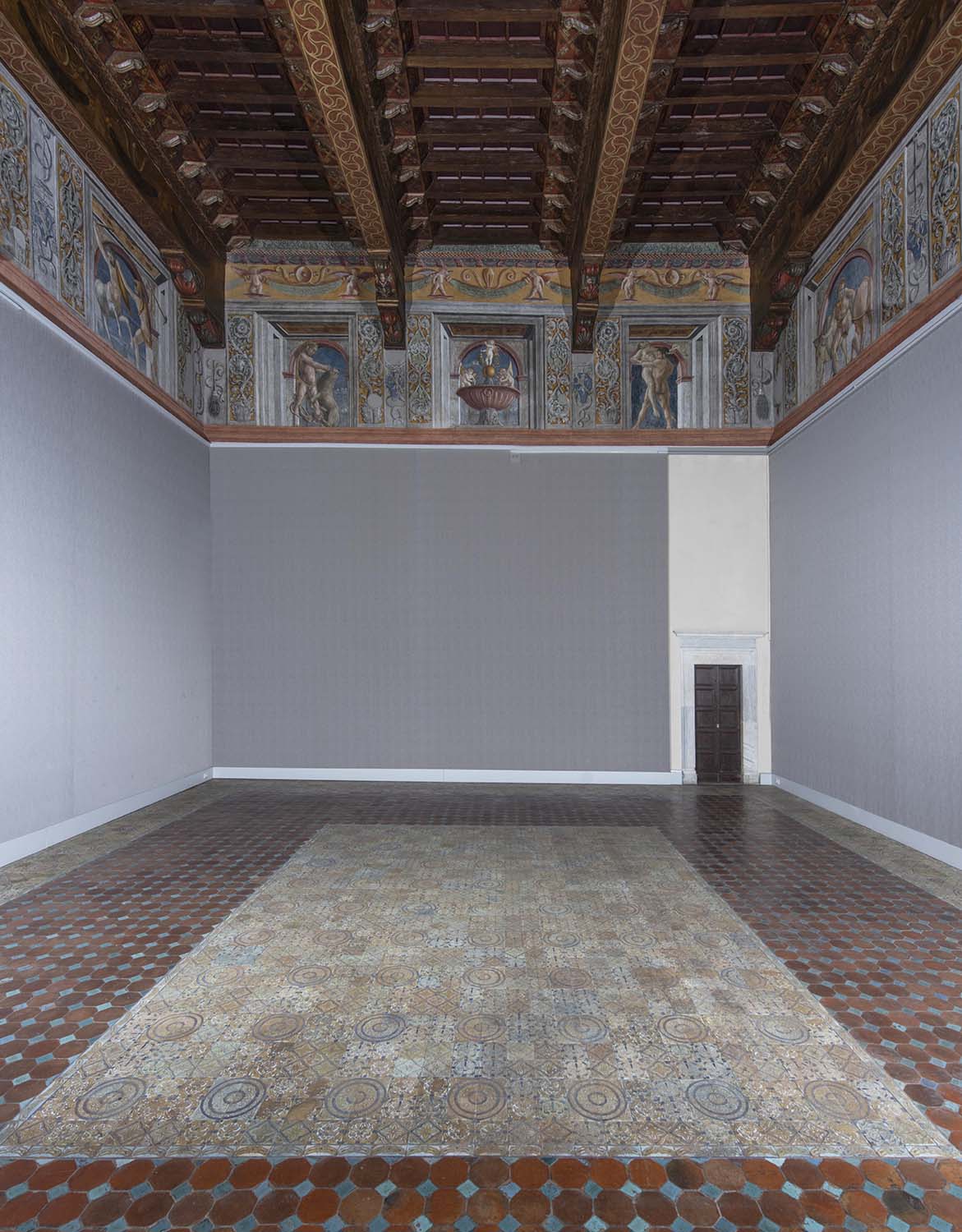
The lower register features four fountains with cupids at play that alternate with the eight labours of Hercules. The artist responsible for this frieze is still unknown. Some believe it to be the work of the Tuscan illuminator Giuliano Amadei (1446-1496), others attributed it to Andrea Mantegna (1431-1506) or one of his followers; still others, to a Venetian artist linked to the Roman circle of the humanist Giulio Pomponio Leto (1428-1498).
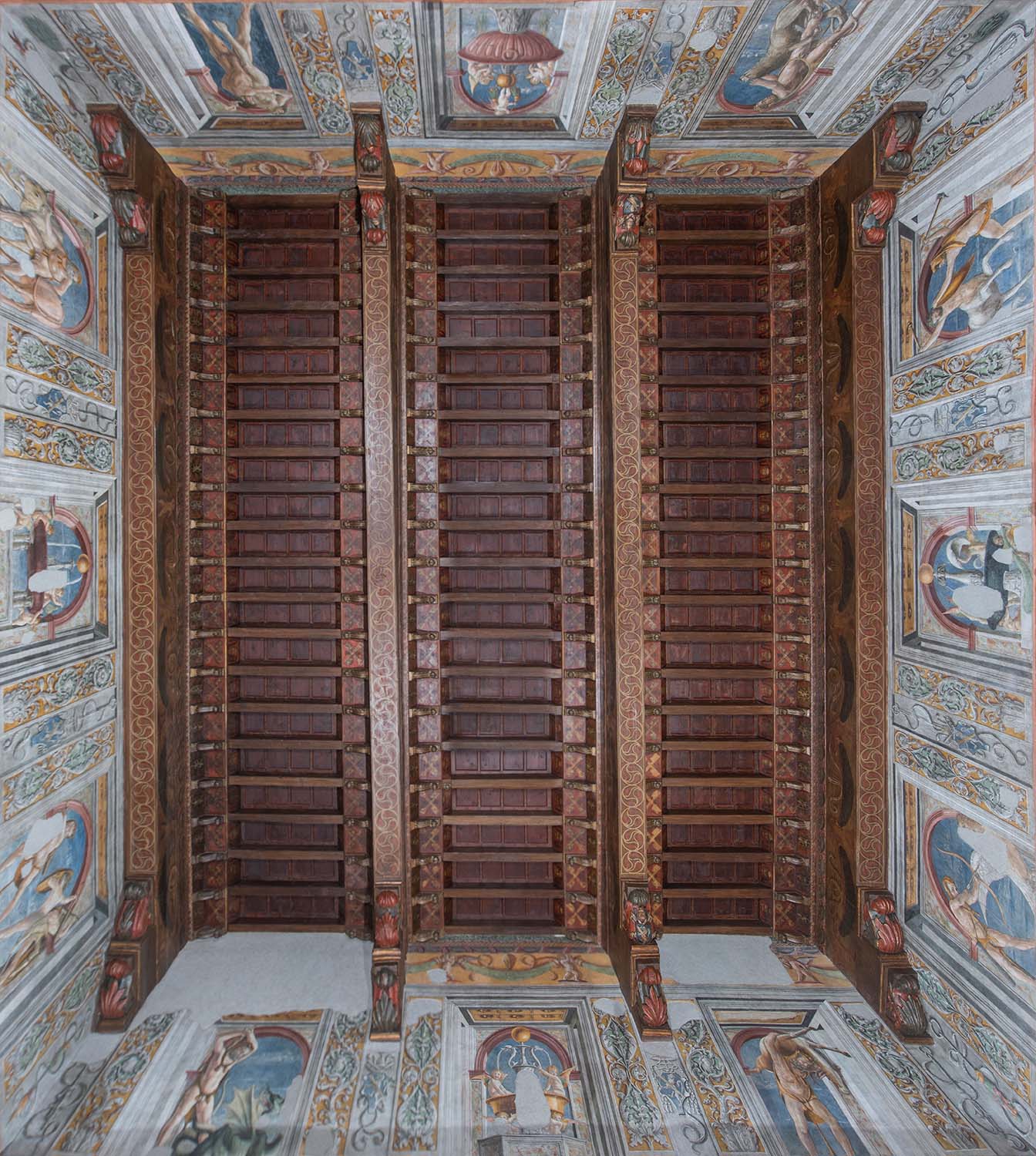
The floor is from the 1930s. Its author, the ceramist Vittorio Saltelli (1887-1958), reused the original Sevillian tiles to make it, which, in turn, had been recovered during the nineteenth century by Count Palffy, a counsellor for the Austrian embassy.
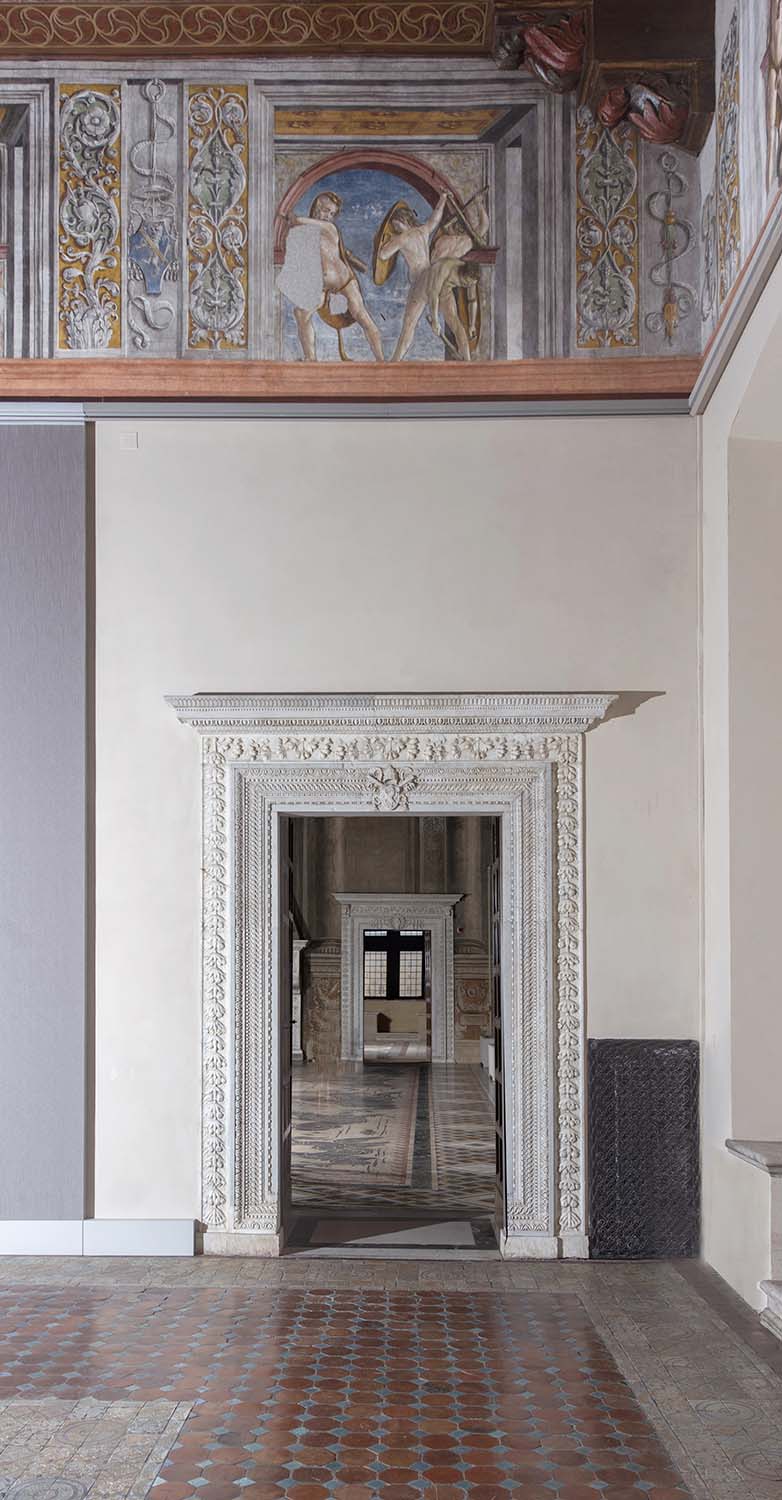
Il pavimento appartiene al terzo decennio del Novecento. Il suo autore, il ceramista Vittorio Saltelli (1887-1958), per realizzarlo reimpiegò le mattonelle sivigliane originali che a loro volta erano state recuperate nel corso del diciannovesimo secolo dal conte Palffy, consigliere dell’ambasciata austriaca.
